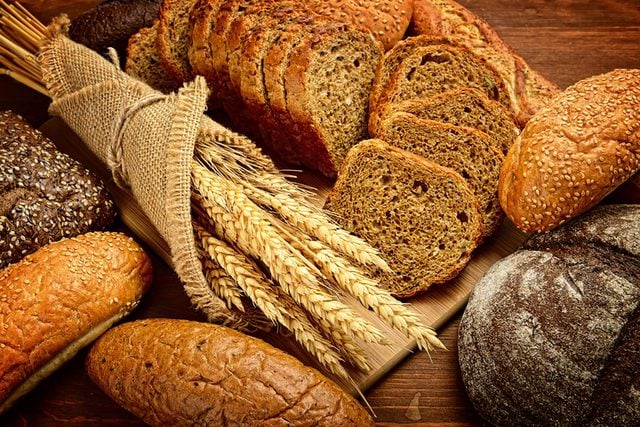This Is the Real Difference Between Whole Wheat and Whole Grain
Updated: Nov. 03, 2020
For the wholly confused among us.

If you grew up in a Wonder Bread house, making the switch from the spongy stuff can be tough. But ultimately, you know that cutting white bread from your diet was the right move, but you still aren’t sure which healthy bread to choose. Should you grab a loaf of whole wheat or whole grain? And what’s the difference, anyway?
The relationship between whole wheat and whole grain is comparable to that of the square and rectangle. Every product that is whole wheat is also whole grain, but not every product that is whole grain is whole wheat. Whole wheat refers to a subsection of whole grain products made from wheat; this can apply to pasta, cereal, or bread.
A product earns the whole grain label when it uses the entirety of the grain kernel, according to Self. The outer bran shell, the germ, and inner starchy endosperm are all processed for whole grain products. Refined grain products (see: aforementioned childhood Wonder Bread) only use the endosperm.
To make things even more complicated, let’s move next to the insidious label known as “multigrain.” Multigrain products are made from a mixture of different grains, but not all of them are required to be whole. To make sure you aren’t being conned by any baked smoke and mirrors, keep an eye out for “100% Whole Wheat” and “100% Whole Grain” labels—and check the ingredient list to nail down what grains you’re consuming because not all of them are created equal.
[Source: Self]









